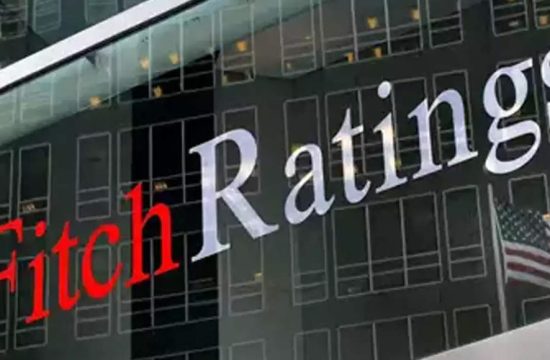
Kolkata: Non-banking finance companies (NBFCs) appear to be better placed in terms of asset quality when compared to banks with their aggregate bad loan ratio being projected to rise to 8.4% even under extreme stress. Their capital adequacy is expected to remain well above the regulatory minimum of 15%.
Bad loans for banks may rise to 14.8% under severe condition, Reserve Bank of India said. NBFCs’ bad loan ratio was 6.8% at the end of September 2020 while that for banks was at 7.5%.
“Asset quality is expected to deteriorate further due to disruption of business operations caused by the pandemic, especially in the industry sector, one of the major recipients of NBFC credit,†RBI said in its financial stability report.
Stress tests at the individual NBFC level indicated that under high risks, capital adequacy of about 10% of NBFCs may slip below the minimum regulatory requirements. RBI did the stress test with NBFCs having aggregate asset size of Rs 29.68 lakh crore, covering about four-fifth of the sector’s asset size.
The adverse scenarios used in the macro stress tests were stringent conservative assessments under hypothetical adverse economic conditions so the model outcomes do not amount to forecasts, the report said.
Failure of any NBFC or housing finance company will act as a solvency shock to their lenders, which can further spread by contagion, the regulator said. Failure of an NBFC can knock off 2.26% of the banking system’s total tier 1 capital while failure of the HFC can knock off 5.92% of the same even as no bank faces the risk of failure in such an event.
NBFCs are the largest net borrowers of funds from the financial system, with gross payables of Rs 9.37 lakh crore at the end of September 2020 with more than half of their funding from banks, followed by mutual funds and insurance companies. HFCs were the second largest borrowers of funds from the financial system with gross payables Rs of around Rs 6.20 lakh crore.
The COVID-19 pandemic caused fund shortage for NBFCs, especially for small and mid-sized ones because banks have their risk appetite reduced for low rated and unrated exposures. The situation worsened due to redemption pressure overshadowing the mutual fund industry. On the demand side, it became difficult for NBFCs to find creditworthy projects and borrowers to lend to as a result of the pandemic induced stress.
Their credit grew at a tepid pace of 4.4% year-on-year as compared with 22% growth a year ago.






